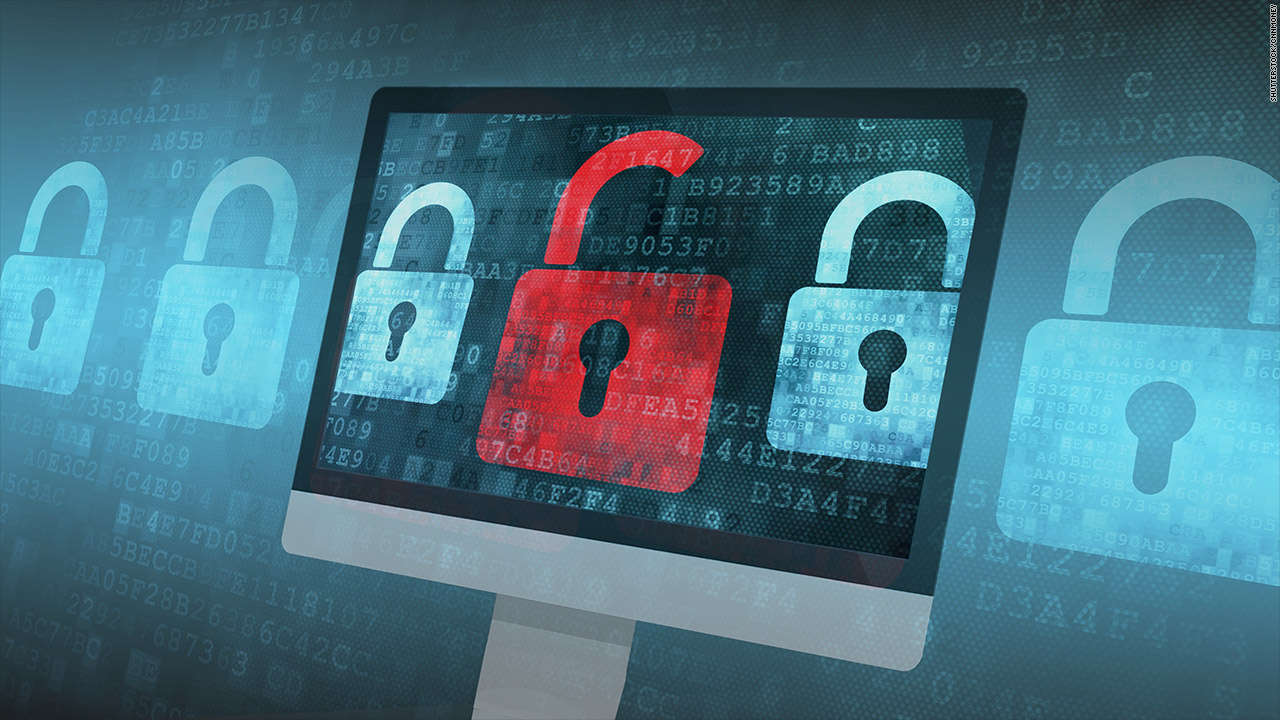5 steps to prevent a ransomware attack
Preventing a ransomware attack is easier and cheaper than managing the consequences

Ransomware attacks can be enormously costly for businesses. In 2021, the average ransom that businesses paid to recover their data was more than $800,000. On top of that, it can take years for companies to recover from the negative reputational impact of losing data because of a ransomware attack.
The good news is that by taking a few proactive measures, you can protect your organization from most malicious attempts to gain access to your network.
In this article, we’ll highlight five key steps companies can take to prevent a ransomware attack.
Protect your employees and network from ransomware attacks with Zero Trust. Enforce least privilege access policies across your organization in minutes based on user identity to safeguard all critical assets. Protect your business with Perimeter 81 - one of TechRadar’s top choices for Zero Trust providers.
1. Secure your email
Phishing attacks are one of the most common ways cybercriminals break into company networks. If an attacker can convince an employee to click on a link or download an attachment, they can often gain a foothold on your network that can then be used to deploy ransomware.
Companies can reduce the success rate of phishing attacks by educating employees about how to avoid online phishing. However, even the most security-conscious employees slip up from time to time, so it’s important to have automated security systems in place as well.
For example, your company could install a malware scanner within your email gateway. This scanner detects suspicious emails before they reach an employee’s inbox, and automatically disables links and attachments.
Another option is to set up a virtual sandbox that runs automatically whenever employees click on links in emails. This sandbox is isolated by a firewall from the rest of your company’s network, so any malware that may be contained in the link can’t spread.
Sign up to the TechRadar Pro newsletter to get all the top news, opinion, features and guidance your business needs to succeed!
Yet, while phishing is the primary vector for ransomware attacks, it’s not the only one. Out-of-date software can render your network vulnerable too, so make sure your software is regularly updated to the newest version, and has the latest security updates.
2. Install antivirus software
Antivirus software can be effective at preventing less sophisticated ransomware attacks. The best antivirus software will recognize most known ransomware strains and eliminate them from your network before they can do damage.
However, antivirus software isn’t a standalone solution for preventing ransomware attacks. More knowledgeable cybercriminals use more sophisticated methods to get around antivirus software and firewalls once they’re inside your network. So, antivirus software primarily should be thought of as a tool for keeping your company from becoming low-hanging fruit for cybercriminals.
3. Monitor network activity
One of the best ways to prevent ransomware and other cyberattacks from disrupting your organization is to implement identity and access management (IAM) across your network. Identity management software assigns a unique digital ID to each employee, and enables your IT team to track activity on your organization’s network.
This is important because cybercriminals often spend months inside company networks before they launch ransomware attacks. This time is spent probing network defenses, and gaining access to critical systems, potentially including your data backups.
With identity management software, your IT team can identify suspicious activity long before a cybercriminal has a chance to launch a full-scale attack. For example, your IT team may notice a suspicious after-hours login attempt by an employee into parts of the network they don’t usually access. Once the IT team knows there’s an intruder, they can take steps to isolate the attacker and expel them from the network.
Identity and access management systems also limit which parts of a network each employee has access to. This makes it more difficult for attackers to, for example, compromise the passwords of an administrative employee and then break into critical IT infrastructure.
4. Enable multifactor authentication
Multifactor authentication (or two-factor authentication) is another important tool businesses can deploy to prevent ransomware attacks. This type of authentication requires both a password and a one-time passcode that’s sent to your email or smartphone to log into accounts.
This type of authentication is effective because it limits attackers’ ability to spread through your organization’s network. Even if they get into your network and compromise an employee’s passwords, they cannot access that employee’s accounts without triggering an authentication request. That request will immediately alert the employee that their credentials have been compromised. Once that happens, your IT team can find the attacker and isolate them within the network.
It’s also good practice to change passwords frequently. If your company uses a business password manager, your IT team can require that employees change their passwords on a monthly basis. This won’t necessarily stop attackers who have already made it into your network, but it will make it more difficult for them to move through the network quickly.
5. Maintain secure backups
Establishing and maintaining data backups won’t stop a ransomware attack from happening. However, if you have backups available, you can significantly mitigate the damage from an attack. In fact, you may be able to restore most or all of your lost data from backups without having to pay the ransom.
Cybercriminals know that companies rely on backups to avoid the worst effects of their ransomware attacks, so work to compromise backups when infiltrating your network.
It’s crucial that your backups be kept separate from your main network, and that only a few IT employees have access to them. Cloud backup software is secure enough to withstand most attacks, and enables you to back up your data frequently. Still, your company should always keep offline copies of critical data as an additional backup option.
Conclusion
Ransomware attacks can be financially devastating for companies, but being proactive about digital security can minimize the chances of an attack succeeding. Companies must limit opportunities for cybercriminals to get into their networks, and make it difficult for attackers to spread if they do gain a foothold. As a last resort, companies should keep secure backups that can be used to restore data following a ransomware attack.
Michael Graw is a freelance journalist and photographer based in Bellingham, Washington. His interests span a wide range from business technology to finance to creative media, with a focus on new technology and emerging trends. Michael's work has been published in TechRadar, Tom's Guide, Business Insider, Fast Company, Salon, and Harvard Business Review.

